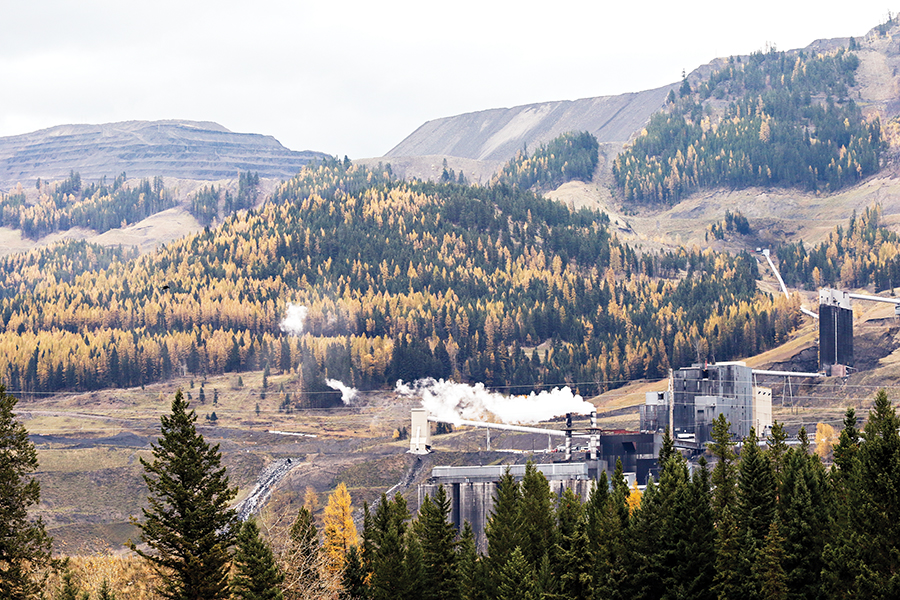Conservation and sportsmen groups, a coalition of tribes and some Northwest Montana businesses are ramping up pressure on Gov. Steve Bullock to demand that regulatory agencies in British Columbia follow international standards before approving new coal mines that could jeopardize downstream waters.
The advertising campaign echoes the concerns of conservation groups and scientists on both sides of the border who have called on Teck Resources to halt new coal mines in the Elk River Valley, where mining pollutants including selenium have been spilling from waste rock and crossing the international border into Lake Koocanusa.
Selenium is a naturally occurring element in sedimentary rocks and coal and can be toxic to fish at elevated levels, which are exacerbated by mining operations and the accumulation of waste rock, according to guidelines by the U.S. Environmental Protection Agency.
Meanwhile, the mining operations continue, even as scientists and researchers from a multitude of agencies work to develop a site-specific plan for protecting Lake Koocanusa, where they continue to monitor the influx of selenium leaching out of the upstream coal mines.
Dave Hadden, executive director of Headwaters Montana, one of the groups responsible for placing the ads, urged Bullock to exercise his authority under the Boundary Waters Treaty to demand that the B.C. government adheres to the international standards. Signed in 1909, the Boundary Waters Treaty between Canada and the U.S. stipulates that shared waters cannot be polluted on either side of the border to cause injury on the other side.
Montana Trout Unlimited and the National Parks Conservation Association have also supported the ad campaign.
The ads feature bullet points about the dangers of selenium pollution, as well as a photograph of a fish whose jaw exhibits deformities typical of selenium poisoning, and urges readers to call the governor and tell him to “stand up for American waters.”
A growing body of research has revealed that the Elk River contains elevated levels of mining contaminants like selenium, nitrogen and sulphate, and muscle-tissue samples collected from all seven species of fish present in Lake Koocanusa show increasing trends in elevated selenium levels. Moreover, the influx of selenium won’t abate even if the mining operations shut down production today, such is the scope of the mining footprint.
Additionally, a coalition of tribes, including the Confederated Salish and Kootenai Tribes, the Ktunaxa National Council and the Council of the Kootenai Tribe of Idaho, recently wrote separate letters to U.S. Secretary of State Rex Tillerson and Canadian Minister of Foreign Affairs Chrystia Hyland, as well as to Bullock and B.C. Environment Minister Mary Polak, urging the state and federal officials to address the legacy impacts in the Elk and Kootenai river watersheds and requesting a stronger framework to protect transboundary resources.
